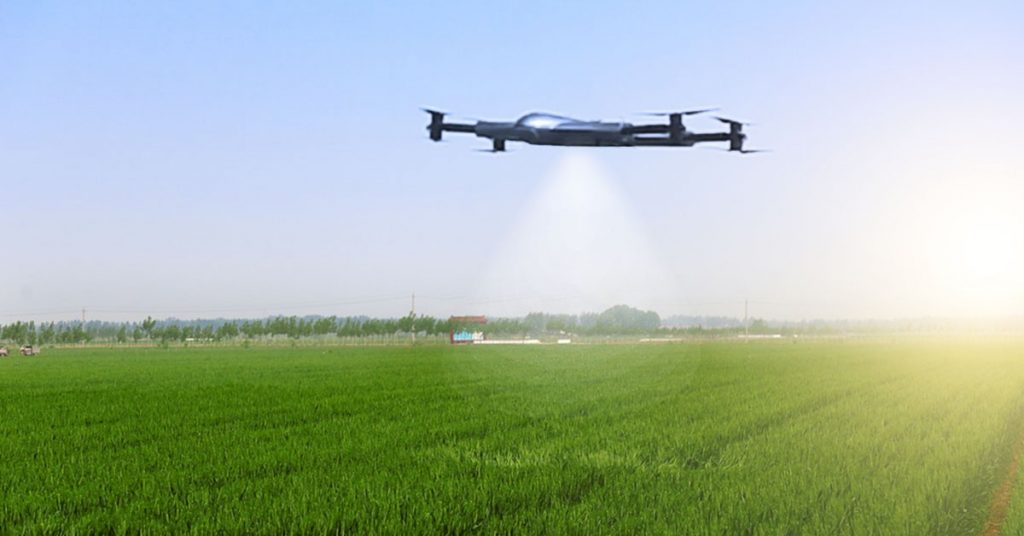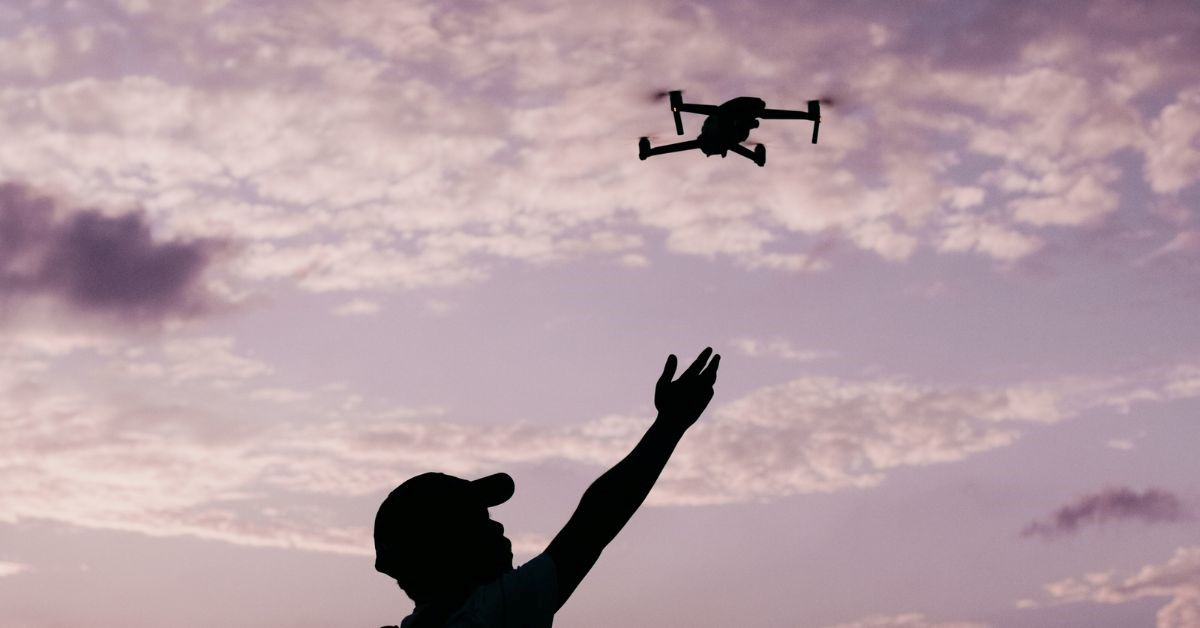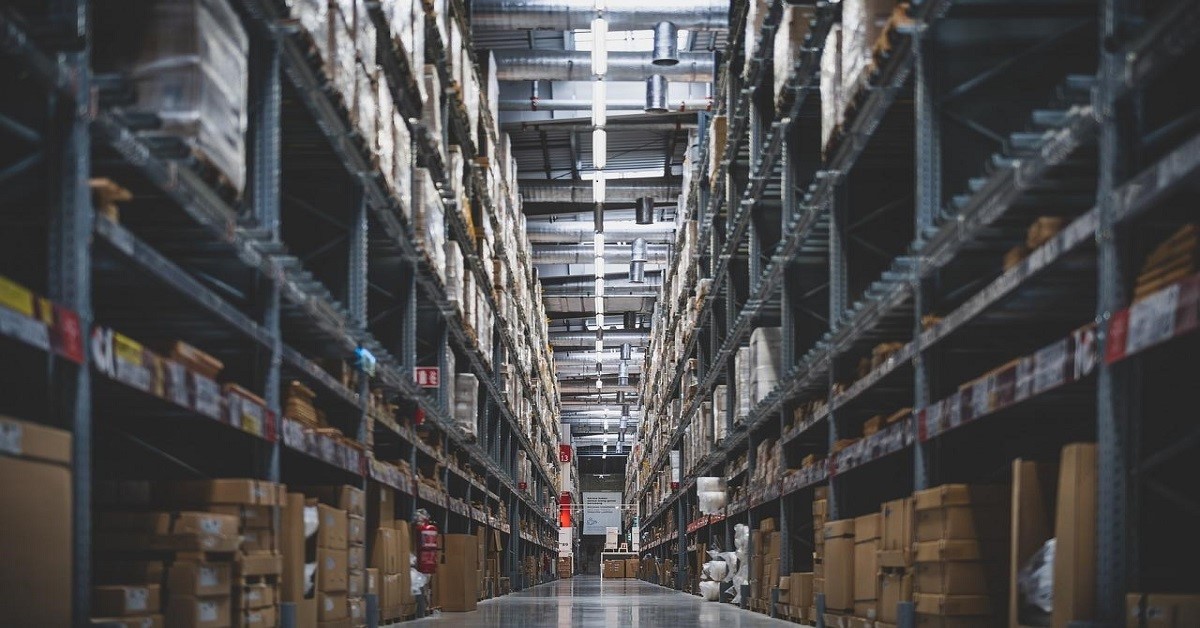Things You Needs to Know About Spray Drones

Many people recognize drones as essential tools in Agriculture, capturing timely aerial data that increase farm output. However, agriculturists use drone sprayers in daily operations, gathering vital information on crop health and assisting in developing accurate Normalized Difference Vegetation Index (NDVI) and RGB images.
More About Drone Sprayers
An essential component of contemporary farming is the use of agrochemicals. It’s a delicate balancing act that calls for quickness, caution, and accuracy. Farmers constantly struggle with introducing the proper chemicals in the appropriate amounts, at the correct times, and in the right places.
A concentration that is too great in one area might increase expenditures unnecessarily and lower the quality of the produce. An engagement that is too low exposes crops and reduces production. Farmers worldwide are adopting the most recent technologies to disperse chemicals precisely, uniformly, and effectively. Agriculture drone spraying often results in lower costs for applying agrochemicals, whether through labor-intensive manual labor or hired machinery, lower exposure to chemicals, and occasionally higher crop yields
Things You Didn't Know About Spray Drones
A spray drone uses specific algorithms to consider the slosh of liquid payloads.
Transporting a sizable amount of liquid differs considerably from transporting cameras, sensors, and other standard shipments on a crop spraying drone. Farm drone sprayer engineers had to consider the momentum of the liquid as it sloshed around the tank throughout operation to create a reliable and precise flight control system.
The fact that the liquid’s momentum continually varies as it progressively exits the tank to create room for more oxygen made this technical problem more difficu
Spray drones can dispense more than simply liquid.
The capacity to accurately automate the spread of agrochemicals is a significant step toward digitizing agriculture and farming plantations drone. The technology may disperse pesticides, fruit production worldwide, and animal feed.The final phase is particularly crucial for controlling crops like cotton. Automated, precise pesticide spraying can hasten defoliation, eliminate surplus foliage, and make cotton picking easier.
Japan leads in the use of spraying drones
It should come as no surprise that Japanese fields are one of the most sophisticated in the world, given the nation’s image as a technological innovator. Drone influence across the board was emphasized by the Tokyo University of Science research.
Spraying drones have become very popular in recent years to deliver pesticides. From 2016 and 2018, the number of acres sprayed by drones in Japan increased 45-fold, and there were well over 1500 registered UAVs used for agricultural spraying, up from 227 in 2016.
Japan’s deployment of spraying drones isn’t just another instance of a nation being innovative. In Japan, small-scale farming enterprises are widespread due to the country’s relatively limited landmass and aging, dwindling population, which means less affordable labor is available to perform agricultural duties.
Benefits of Using Spraying Drones
Agriculture still requires a lot of labor and time, despite the use of intelligent technology in several aspects of the industry. Nevertheless, most farming operations areas are now much simpler and more time-effective thanks to drone technology.
Drone agricultural spraying may still be a new practice, but it is gaining popularity. The agriculture industry has been slow to employ drones for crop spraying because of their inaccessibility and strict local ordinances. However, as more nations, including China, the US, and the EU, loosen up their drone laws, crop spraying drones will be used more frequently.
There are numerous advantages to using drones for spraying crops, but one of the most significant is that they will prove to be a safe and secure way to apply chemicals.
One or two persons may operate a drone for efficient crop spraying. Because of automated spray application and autonomous flight modes, it is significantly safer and necessitates less manual labor. The ability to spray crops in locations that are inaccessible by land is another advantage of deploying drones for agricultural spraying.
For instance, farmers in El Salvador are cultivating crops such as sugar cane for the first time as a result of drone technology, according to this BBC article. The exact pesticides protection, fertilizers, and other substances will assist in reducing hazardous components to the environment and waste and costs.
Farmers and agronomists can publish prescription maps with the help of photogrammetry software to ensure that the drones only spray areas that you must treat.
Takeaway
Farmers can use spraying drones for sale, which are effective instruments for automating and streamlining laborious procedures. The outcome of this fundamental feature is a game-changer for agriculture’s future. Thanks to technology, you can continuously carry out essential elements of precision farming.
Contact Us
Thank you for your message. It has been sent.
Latest Posts
Social Profiles















